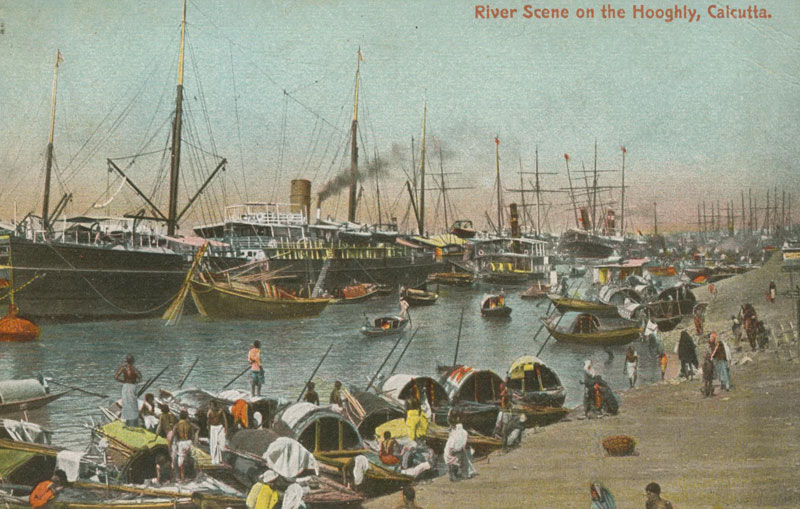The Film
Dis-Immigration: Stemming the Flow from India 1900 to 1914, is a 30-minute high definition documentary film which tells the surprising story of how Canadian governments restricted immigration from India in the early 1900s.
The third film in a series about immigration from India, Dis-Immigration is a fascinating account of a young country clinging to its vision of a “White Man’s Country” in the face of an increasing flow of would-be immigrants from Asia. The film reveals the little-known slice of Canadian history from the early 20th century leading up to and beyond the infamous Komagata Maru incident of 1914. Yet the story, told through the personal and family recollections of the descendants of the immigrants, hints at changes to come in Canada.

The Komagata Maru in Vancouver Harbour, 1914 (City of Vancouver Archives)
Canadians are becoming aware of the story of hundreds of East Indian immigrants traveling on the Japanese freighter, Komagata Maru, who were denied entrance to Canada. They were mainly Sikhs from the Punjab who spent a frightening and hungry two months in Vancouver’s harbour before they were sent back to India, to the cheers of a relieved crowd gathered on the Vancouver shore.
The film’s name, Dis-Immigration, expresses the harsh impact of Canada’s restrictive “Continuous Journey” clause (an Order in Council under the Immigration Act of January 8, 1908) and other restrictive immigration regulations that followed, all of which severely impacted the numbers of immigrants, and hugely affected the lives of those immigrants who had already arrived.
The immigration restrictions known as the “Continuous Journey” clause, the required possession of $200 per person, and the restriction of women, and children under 18, were all regulations that specifically affected the Indo-Canadian community.
Dis-Immigration shows how immigration from India began, expanded, and then declined as restrictions were put into place. The film looks closely at the people who immigrated, both those successful and those who were deported.
The methods and costs of travel from India, the reasons and the encouragements to immigrate, and the ships and the companies that carried immigrants to Canada are all covered in the film.
The film is well illustrated with archival film, photographs of newspaper headlines, and colourful and rare artifacts including cartoons, postcards, travel documents, as well as current images of relevant places.
The strong emotions from the struggle of these changing times show clearly in the film and become personal through a mix of stories from today’s descendants and words from politicians of the day.
Remarkable archived interviews with early immigrants in 1907, by a young Mackenzie King, reveal personal stories of a confusing transition. New interviews feature family stories and emotional memories that reveal the personal impact of the immigration restrictions, the hardships they imposed, and the ability of the pioneer immigrants to rise above these challenges and contribute in a positive way to Canada’s economic and social development.

Steamships at Calcutta awaiting passengers for Hong Kong (David Gray collection)